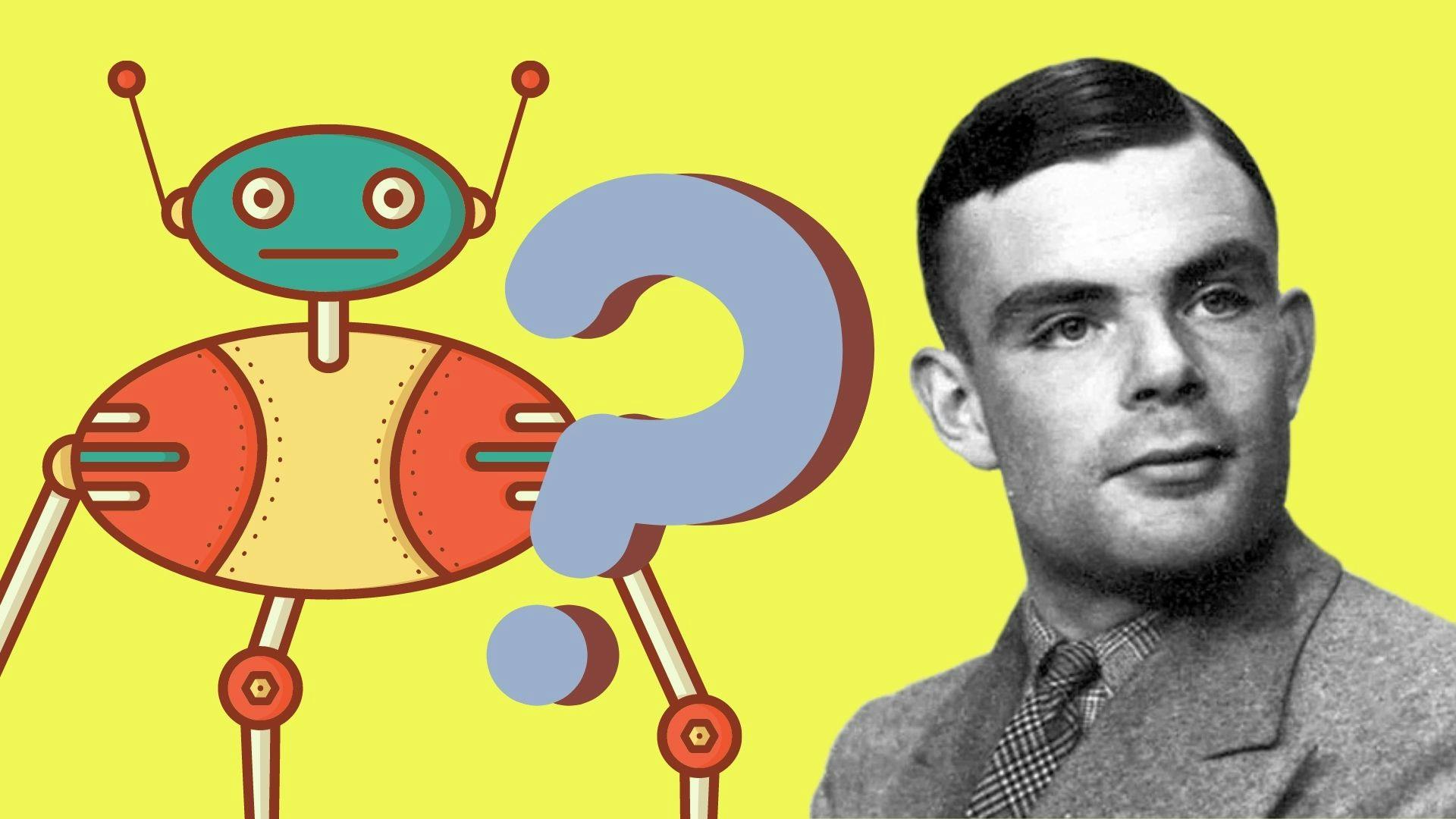In 1950,
For years, this imitation game shaped public benchmarks for AI. Today, however, we have AI systems like GPT-4 and Google’s Gemini that can carry on shockingly fluent conversations. They often pass as human to untrained observers, easily clearing the linguistic bar set by Turing.
Yet many researchers argue that this isn’t enough. A machine might appear to understand language, while fundamentally lacking true comprehension.
The Turing Test, brilliant as it was, never really measured whether the AI grasps meaning. It only measured if it could mimic the surface behavior of understanding. Early AI critics doubted a computer could ever handle the true complexity of human language. Yet here we are, with models ingesting billions of lines of text and seemingly pulling it off.
Mimicry ≠ Comprehension: The Stochastic Parrot Problem
There is a lively debate on this point. Even as some researchers argue these models lack any real understanding, others see glimmers of comprehension emerging. GPT-4, for example, has surprised many with its ability to solve novel problems, explain jokes, or write code, behaviors that seem to require a degree of conceptual understanding.
What’s clear is that language models push us to wrestle with a question: What does understanding really mean? Is it just about producing the right outputs? Or does it demand internal representations closer to human concepts?
Do They Know What They’re Doing? Real-World Implications
For executives and product teams relying on AI models, this debate matters. People tend to overcredit AI with smarts or even a mind of its own. We shout at glitchy laptops, give our cars nicknames, flinch when a Boston Dynamics robot dog takes a kick in a demo video.
That urge grows stronger when something chats back in casual, fluent tones.
This overcredit can have concrete consequences for products. Consider an AI-powered customer service agent that sounds perfectly polite and knowledgeable. Users might assume it truly understands their issues. But if the underlying model lacks a real grasp of the business policies or the nuances of the customer’s problem, it might give plausible-sounding but incorrect advice.
Plenty of AI systems already do this. They churn out bold lies,
Now, with the advent of GPT-o3, many of these hallucinations and errors have been minimized, but it is unclear if the errors have been truly addressed or simply abstracted higher and more deeply into complex responses, making it even more difficult for our systems to catch.
Rethinking ‘Understanding’ (and Our Assumptions)
Models like GPT-4 dazzle us, pushing us to rethink intelligence itself. They shake the old idea that only living brains can handle meaning beyond raw patterns. Maybe machines can grasp something close to understanding, just in strange, unfamiliar ways that don’t mirror human thought.
However, it is important to stress that these systems remain tools. They miss the lived moments, the sense of self, the drives that shape how humans think. Without those, they lack the accountability and insight we demand from people calling the shots.
My advice to business leaders is to lean on these tools, but assume they are blind. Test your AI-powered systems hard and hunt for slip-ups. Figure it misses the subtle stuff unless you prove it doesn’t.
Keep humans in the mix at critical points, set up checks to spot wobbly or off-base answers, clue in users about what AI can’t do.
Stay tuned to the research, too. Fresh tricks in interpretability and alignment keep rolling out. New models aim to reason better, even signal when they’re unsure. Weaving those upgrades into your setup can dodge the pitfalls of AI’s thin grasp.
As we push forward into this new era, challenging long-held assumptions, the question “Does it truly understand?” will remain somewhat philosophical. But by probing that question, with tests beyond Turing’s, we’ll get ever closer to AI that we understand, and maybe, eventually, AI that understands us too.
Nick Talwar is a CTO, ex-Microsoft, and fractional AI advisor who helps executives navigate AI adoption. He shares insights on AI-first strategies to drive bottom-line impact.
→
→
→










